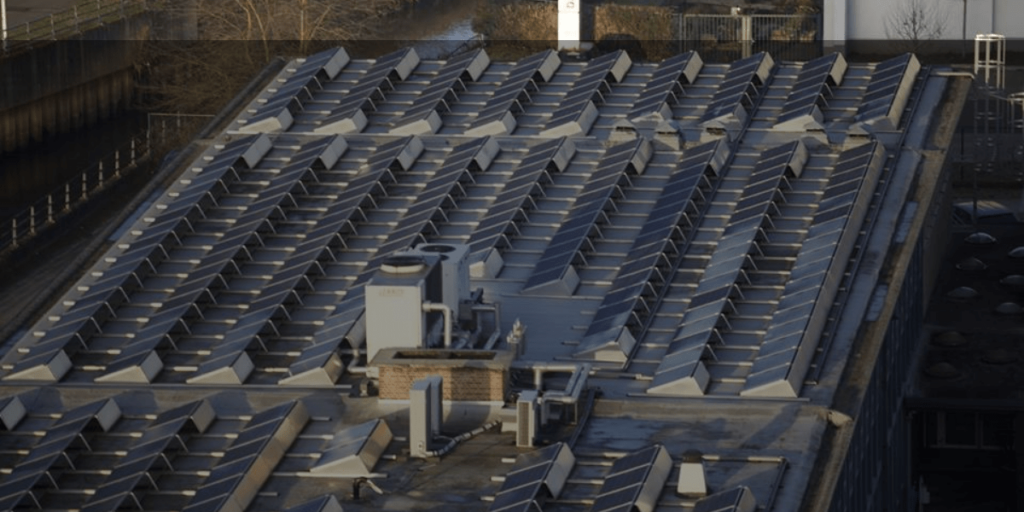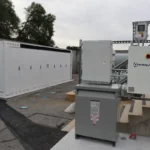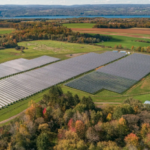Summary
The all-important “NEM-3” proceeding was opened by the California Public Utilities Commission (CPUC) just over one year ago, in August of 2020. The latest estimate is that a final decision will be rendered in January 2022, with NEM-3 implementation expected to take place within six months of the final decision. It is widely expected that the state’s third iteration of its net energy metering (NEM) program will institute changes that weaken the value of solar. One change that is almost certain to get implemented is a significant reduction in the credit value for exported energy. Additionally, the investor-owned utilities (IOUs) have proposed fixed charges that would apply to NEM-3 solar customers based on their amount of installed PV capacity. Other proposed IOU changes, such as instantaneous netting and monthly true-ups, would further erode the value of solar, relative to NEM-2.
Given that NEM-3 implementation is expected within months of the final decision, it’s highly likely that by this time next year the industry will be operating in a NEM-3 world. This makes time of the essence for solar and energy storage customers that contemplate installing a system over the next 12 months. Those looking to install solar will have a strong economic incentive to secure NEM-2 status and lock in grandfathering protections. While the final language for grandfathering eligibility qualifications is still being concluded, most of the parties anticipate NEM-3 will follow the same process and language used during the NEM-1 to NEM-2 transition. Which effectively says that the interconnection application submittal date will serve as the qualifier for locking in NEM-2 status.
NEM Grandfathering Key Provisions:
- The CPUC is expected to issue a NEM-3 decision in January 2022 with implementation expected to follow within six months or less.
- Similar to the NEM-1 to NEM-2 transition, it is anticipated that the interconnection application submittal date will be used to secure eligibility on NEM-2.
- Customers that secure NEM-2 status will be grandfathered and protected from NEM-3 for a period of at least 20 years (based on final decision 16-01-044 issued as part of the NEM-2 proceeding).
- It is currently unclear whether utilities will accept preliminary applications, submitted after the system has been contracted but prior to installation, for residential customers. Often with residential customers, the interconnection application is submitted after installation. Because of this uncertainty, it is advised that residential customers get in a contractor’s queue as soon as possible.
- For commercial and agricultural customers, the application can be submitted before the system is installed but must contain a “nearly final system design” and be without deficiencies. This effectively means that customers deemed eligible who secure NEM-2 status can install and energize their project after NEM-3 is implemented.
- An installation cutoff point is likely, specifics will be within the CPUC’s final decision. Current installation cutoff date proposals are August 2022 or January 2023.
- To have 100% certainty of securing NEM-2 grandfathering, customers are advised to have applications submitted prior to January 2022.
What’s the bottom line?
NEM-3 is expected to have a huge impact on the economics of solar + storage projects in California. While the final NEM-3 rules are yet to be determined, the inevitable outcome is that the value of solar will get eroded, likely significantly. It’s widely anticipated that there will be a rush of new customers looking to move forward with their project as the NEM-3 implementation nears, in order to secure 20-years of grandfathering protections on NEM-2. One silver lining is that NEM-3 is expected to make energy storage savings opportunities more advantageous. It’s widely anticipated that these looming changes to NEM-3 and the implementation of policies such as the new solar + storage building standard mandate, will create a sharp increase in the “attachment rate” of energy storage projects and storage deployments in general.
Updates in ETB Developer
As part of our recently releasedv4 software update to the ETB Developer platform, users can precisely model NEM-3 scenarios, whereby exported energy is compensated at different values within each time-of-use (TOU) period. Additionally, our v4 release enables our Data Team to define imports, exports, and non-bypassable charges (NBCs) on a line-item level within each utility rate tariff record, which further streamlines the setup and modeling process for users. When viewing rates under California’s three investor-owned utilities (IOUs), Pacific Gas & Electric (PG&E), San Diego Gas & Electric (SDG&E), and Southern California Edison, users will notice that our Data Team has already defined NEM-2 non-bypassable charges. When NEM-3 becomes effective, our team will be updating the “Metering Details” as applicable for each IOU. In the meantime, users can manually create and edit NEM details based on the different NEM-3 proposals floating around now. For additional guidance and assistance, users are encouraged to contact their assigned Account Manager.
Our team will continue to track the NEM-3 proceeding, sharing important updates and insights with our users. Be sure to register for the webinar we’ll be hosting on Wednesday, September 28th at 11 AM PST: What will NEM-3 Mean for Commercial Solar + Storage Projects in California
Links:



